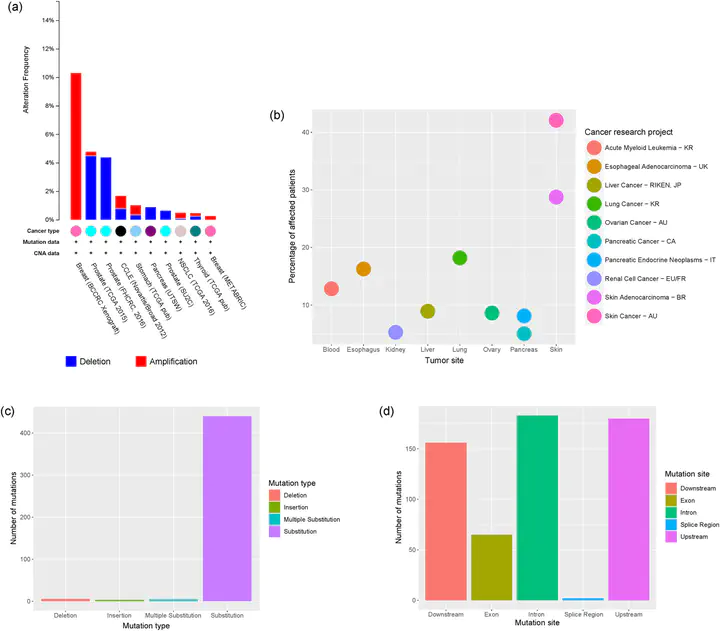 Image credit: Adrian Salavaty
Image credit: Adrian SalavatyAbstract
Methods: Real-time quantitative reverse transcription-polymerase chain reaction was applied for the analysis of RAB6C-AS1 lncRNA amplification in gastric cancer (GC) samples compared with normal ones. Also, several online and offline data sets and tools were used to analyze the relation between RAB6C-AS1 lncRNA and different cancers.
Results: The end result of our analyses indicated that RAB6C-AS1 was overexpressed in 40% of the investigated GC specimens. Also, the results demonstrated a true relation between RAB6C-AS1 overexpression and higher GC tumor grades. However, bioinformatic analyses showed that while RAB6C-AS1 possibly functions as an oncogene in some cancer types, including prostate and breast cancers, it might have a tumor suppressive function in some others including brain tumors.
Conclusions: We found that RAB6C-AS1 lncRNA is mostly overexpressed in GC. Also, based on bioinformatic and systems biology analyses, RAB6C-AS1 might function either as an oncogenic factor or tumor suppressor in a tissue-specific manner. Thus, RAB6C-AS1 could be considered as a candidate biomarker for various malignancies, especially prostate and brain cancers. According to our results, RAB6C-AS1 has a notable prognostic value for patients with brain lower grade glioma.
Key words
RAB6C-AS1; bioinformatic analysis; cancer gene; long noncoding RNA (lncRNA); systems biology